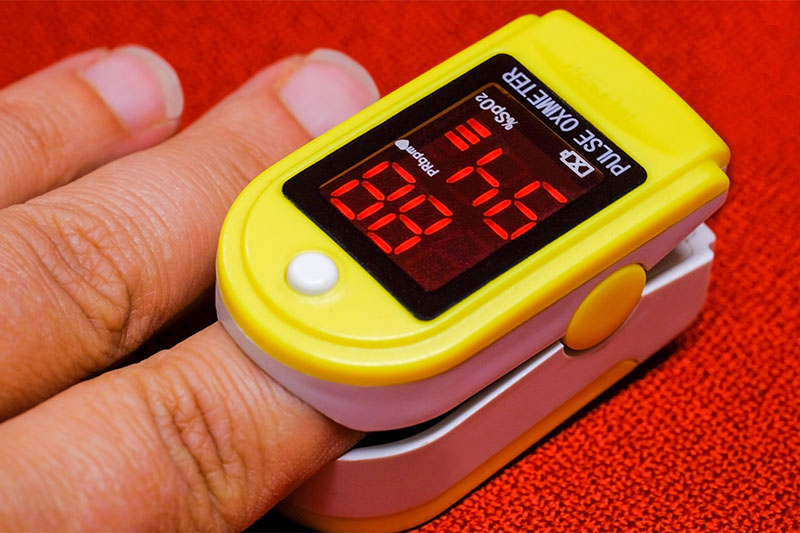
Before the pandemic hit, your blood oxygen levels were probably the last thing you thought about or even cared about. Why would you? Perhaps if you needed medical care before the pandemic you remember it being measured by nurses as they clipped the sensor on your fingertips to measure them, but you would not have thought anything of it besides that.
However, now that we are in the COVID-19 pandemic, blood oxygen levels are the talk because that is how we know that oxygen levels and the health of the lungs are associated. Now, manufacturers of newer fitness trackers have features that can also measure your blood oxygen levels. So let’s talk more about what they mean.
What Do Your Blood Oxygen Levels Mean?
The only way you know how well your red blood cells circulate is through knowing your blood oxygen levels. You can measure it by using a pulse oximeter which is a gadget that clips onto the tip of your fingers. It puts out light into the small blood vessels in your fingers and the light it shines back represents the oxygen levels in your blood. If your blood oxygen levels measure from 95 percent to full, then it is normal.
Anything that is from 88 percent to 94 percent means your levels are lower and you need to keep an eye on it. However, if your blood oxygen levels are under 88 percent, then that is worrisome. That means if you see a reading that is 88 percent or lower, then you will need to call your doctor or go right to the nearest ER. If you have asthma or other respiratory disorders such as COPD, then you are likely keeping an eye on your blood oxygen levels and did so before the pandemic hit. Let’s now talk about how COVID-19 affects blood oxygen levels.
How The Blood Oxygen Levels Are Affected By COVID-19
Those who tested positive for COVID-19 may not see any noticeable changes in their blood oxygen levels, and that is true if the symptoms are mild such as feeling that you have the flu or a cold, or asymptomatic as you would see in most cases of those who are fully vaccinated. Therefore, if you are in this situation, there is no need to get your blood oxygen levels tested at all. If you have no trouble breathing, then your blood oxygen levels are very likely fine.
However, if you are hit hard with COVID-19 that will have a negative impact on the blood oxygen levels. You would know if you are struggling to breathe. That is when you will need to get your blood oxygen levels checked and if it is dropping or low, to begin with, then you will need to go to the COVID-19 ward. You know that when you are diagnosed with COVID-19, you need to check your blood oxygen levels if you are struggling to breathe. Let’s talk about when you should check your levels in other cases.
When Should You Check Your Blood Oxygen Levels?
You already know that if you have COVID-19, check your levels if your breathing is impacted. The same goes if you have asthma or COPD. If you also have congestive heart failure, pulmonary fibrosis, pulmonary hypertension, as well as cystic fibrosis, you will need to get checked.
The reason you have trouble breathing in asthma is that the bronchial tubes constrict. Other causes of struggling to breathe could be because of having blood clots in the lungs, or exercising hard if you have any respiratory disease. Those are some reasons that you may not be able to breathe that have nothing to do with COVID-19. But if you struggle to breathe, get medical attention right away.


